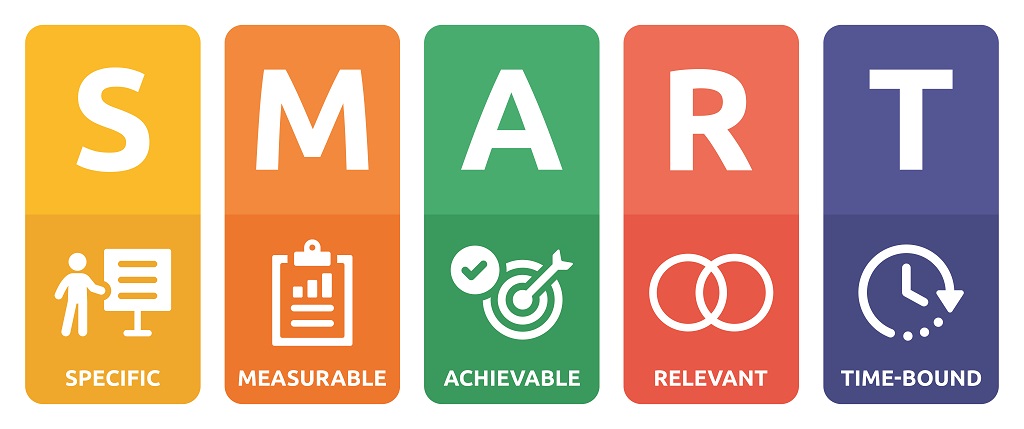Key Points at a Glance
Procrastination is often linked to fear, overwhelm, or lack of motivation, not laziness.
Time management tools and goal-setting can help break tasks into manageable steps.
Self-awareness and supportive mentorship are essential in helping students stay accountable.
Everyone procrastinates sometimes. But when students constantly delay assignments, revise at the last minute, or avoid difficult tasks, it becomes a barrier to learning and success.
The good news? Procrastination is not a personality flaw—it’s a habit, and habits can be changed.
Understanding the reasons behind procrastination and using targeted strategies can transform students from overwhelmed and anxious to confident and productive. Schools like Morgan International Community School (MICS) in Gomoa Manso, Ghana, demonstrate how structured support and research-backed learning approaches can reduce procrastination and inspire action.
Let’s explore why students procrastinate—and how to help them overcome it for good.
What Causes Procrastination in Students?
Before we fix it, we need to understand it. Procrastination is often rooted in:
Fear of failure
Perfectionism
Lack of clarity
Low motivation or energy
Overwhelm and anxiety
Distractions and poor planning
When a student doesn’t know where to start or fears doing something poorly, putting it off feels easier than facing the discomfort.
1. Teach Time Management Skills
Why it works: When students learn to manage their time, they gain a sense of control. This reduces overwhelm and helps them take the first step.
How to apply it:
Introduce the Pomodoro Technique (25 minutes work, 5 minutes break).
Use daily planners or digital tools like Todoist or Google Calendar.
Encourage students to block time for specific tasks, including rest.
2. Break Big Tasks into Smaller Steps
Why it works: Big projects often feel intimidating. Breaking them into smaller, bite-sized tasks makes them more approachable.
How to apply it:
Use checklists to map out each phase of an assignment.
Celebrate progress after completing each step.
Create visual task boards using sticky notes or apps like Trello.
3. Set Clear and Achievable Goals
Why it works: Vague goals create confusion. Clear, measurable goals provide direction and motivation.
How to apply it:
Teach students to use SMART goals (Specific, Measurable, Achievable, Relevant, Time-bound).

Start each day or week with a clear set of objectives.
Review goals regularly to track progress.
4. Eliminate Distractions
Why it works: Modern students are bombarded with notifications, messages, and temptations to multitask. Distraction-free environments boost focus and reduce delays.
How to apply it:
Encourage phone-free study zones.
Use website blockers (like Cold Turkey or FocusMe) to minimize online distractions.
- How to use Cold Turkey
- How to use Focus Me:
Create a quiet, well-lit study space with minimal interruptions.
5. Address the Emotional Side of Procrastination
Why it works: Procrastination is often emotional. Tackling feelings of self-doubt, anxiety, or low motivation is crucial.
How to apply it:
Normalize discussions around stress and academic pressure.
Use journaling or reflection exercises to identify emotional triggers.
Provide access to counselors or peer mentors.
At Morgan International Community School, a student-centered approach ensures that learners receive emotional support through mentorship and counseling services—helping them manage academic pressure with confidence.
6. Encourage Self-Compassion, Not Shame
Why it works: Students who beat themselves up for procrastinating often delay even more. Compassion encourages resilience.
How to apply it:
Replace harsh self-talk with encouragement.
Remind students that mistakes are part of growth.
Celebrate effort as well as achievement.
7. Build Accountability Systems
Why it works: Being accountable to someone else helps students stay on track.
How to apply it:
Use study buddies or peer check-ins.
Set up weekly review sessions with teachers or mentors.
Encourage family involvement with gentle encouragement rather than pressure.
Final Thoughts
Procrastination doesn’t mean a student is lazy or unmotivated—it means they need the right tools, environment, and encouragement to get started.
By teaching time management, setting clear goals, offering emotional support, and creating a focused learning space, educators and parents can empower students to take charge of their learning journey.
Morgan International Community School (MICS) exemplifies how a structured, nurturing environment can help students develop the confidence, discipline, and independence needed to overcome procrastination—and thrive.
Now is the time to act. One small step today can lead to a lifetime of progress tomorrow.
